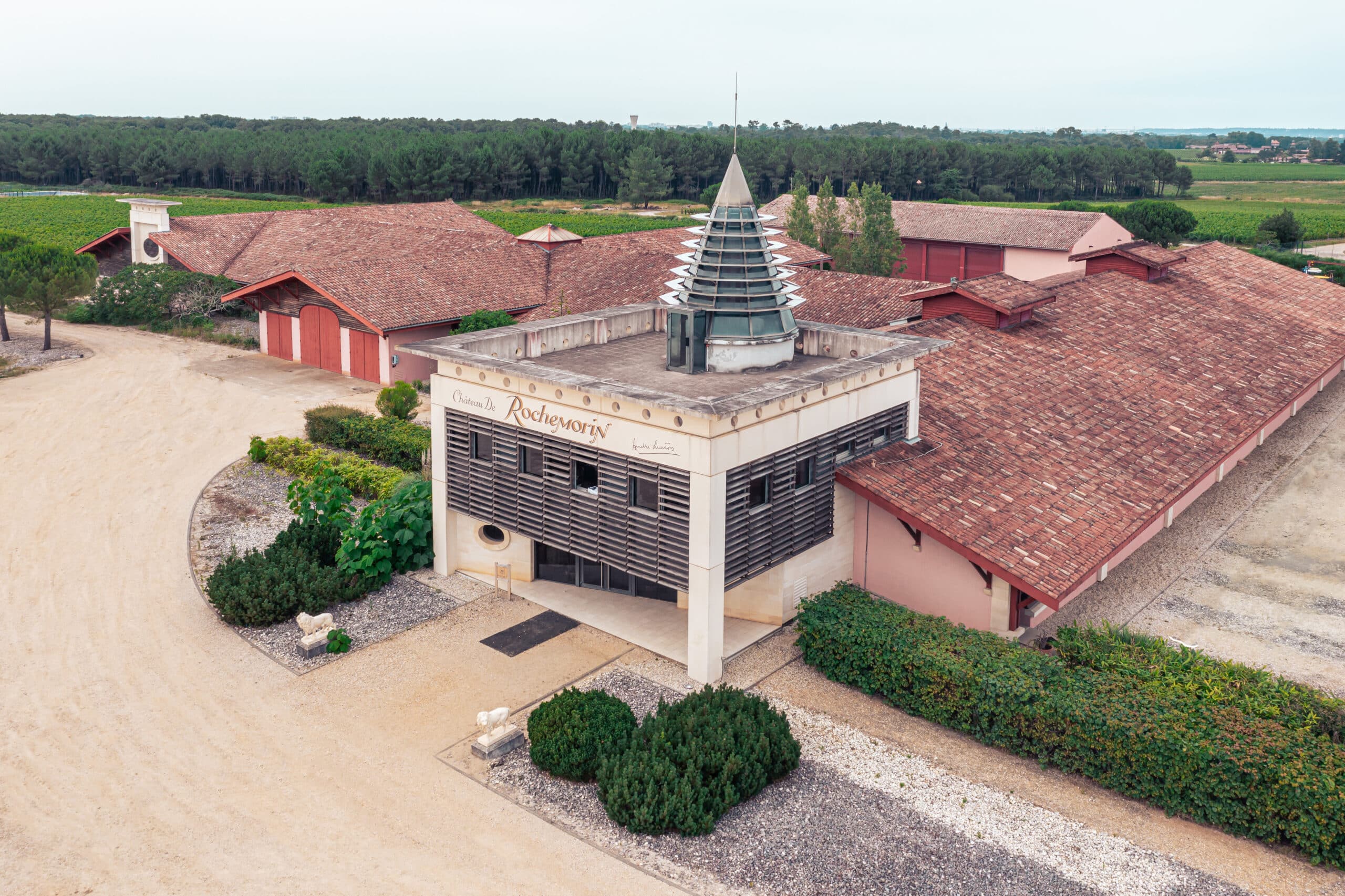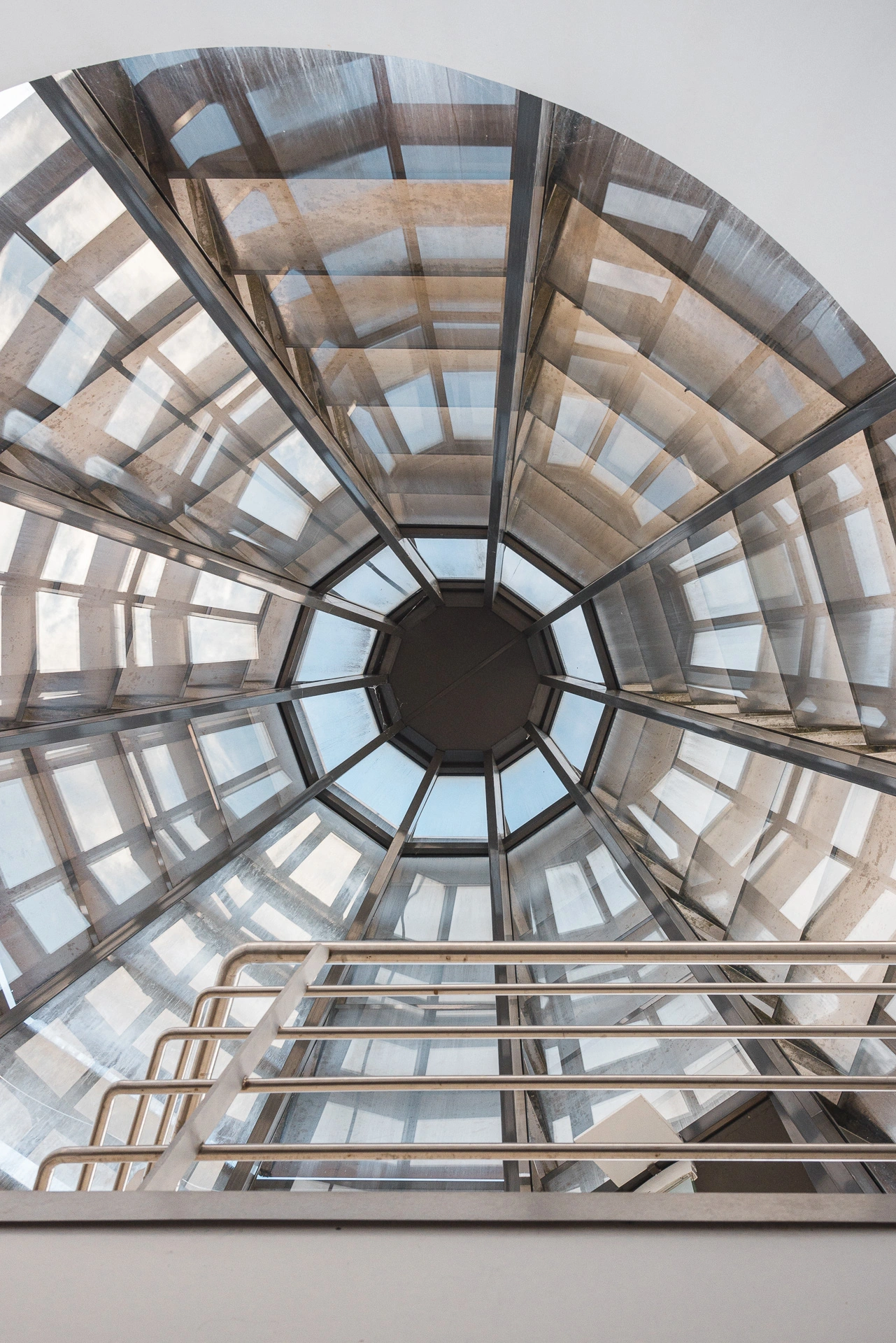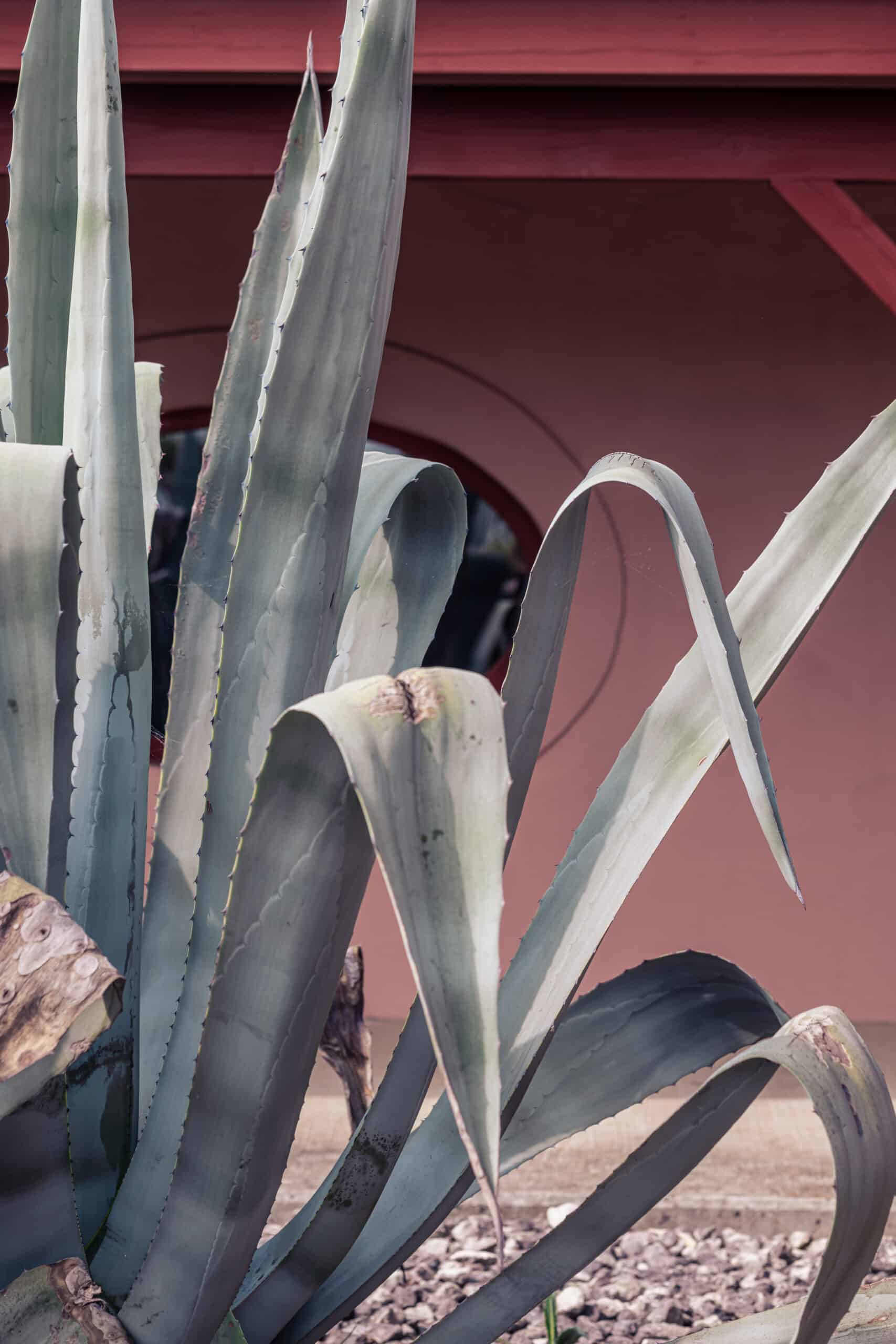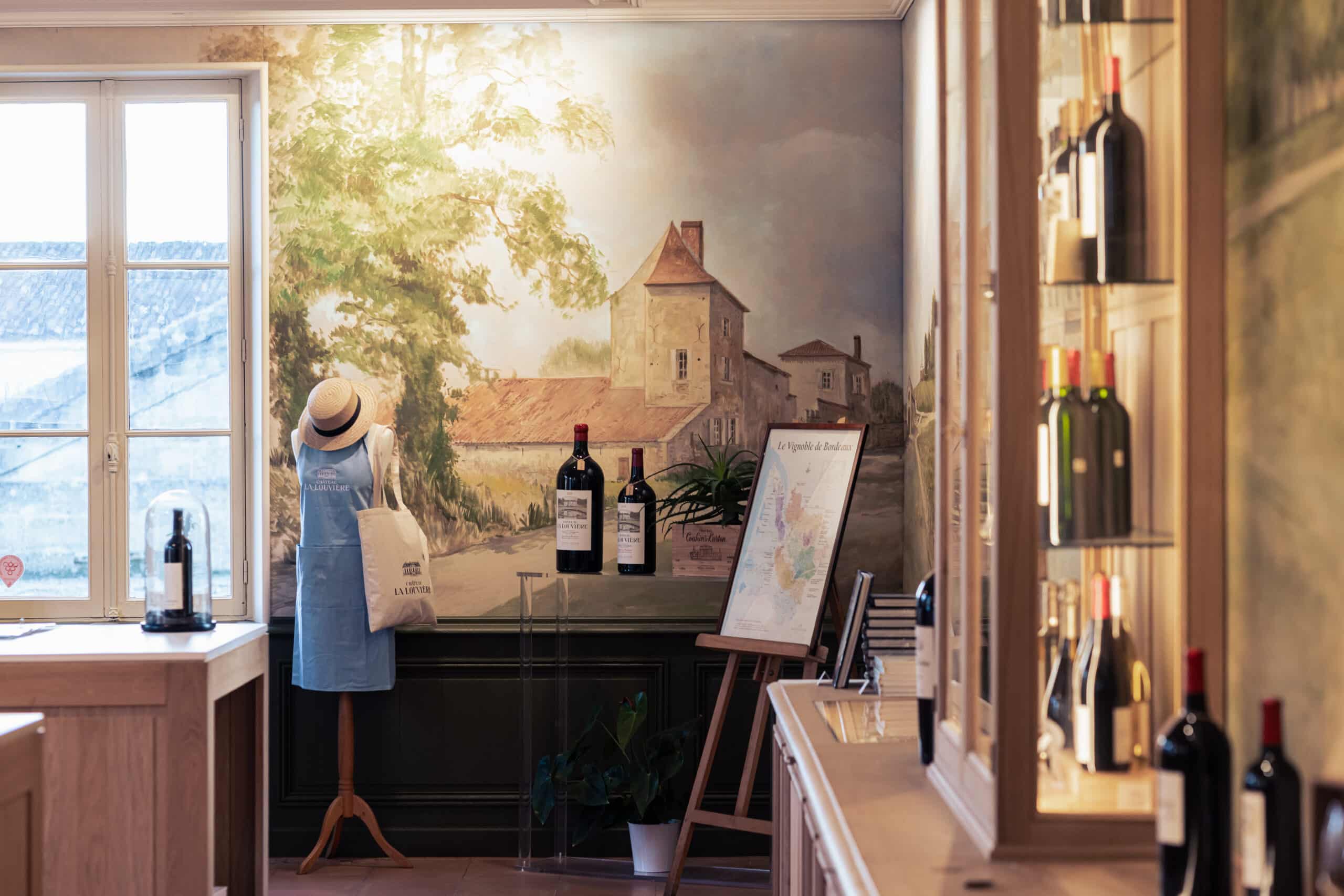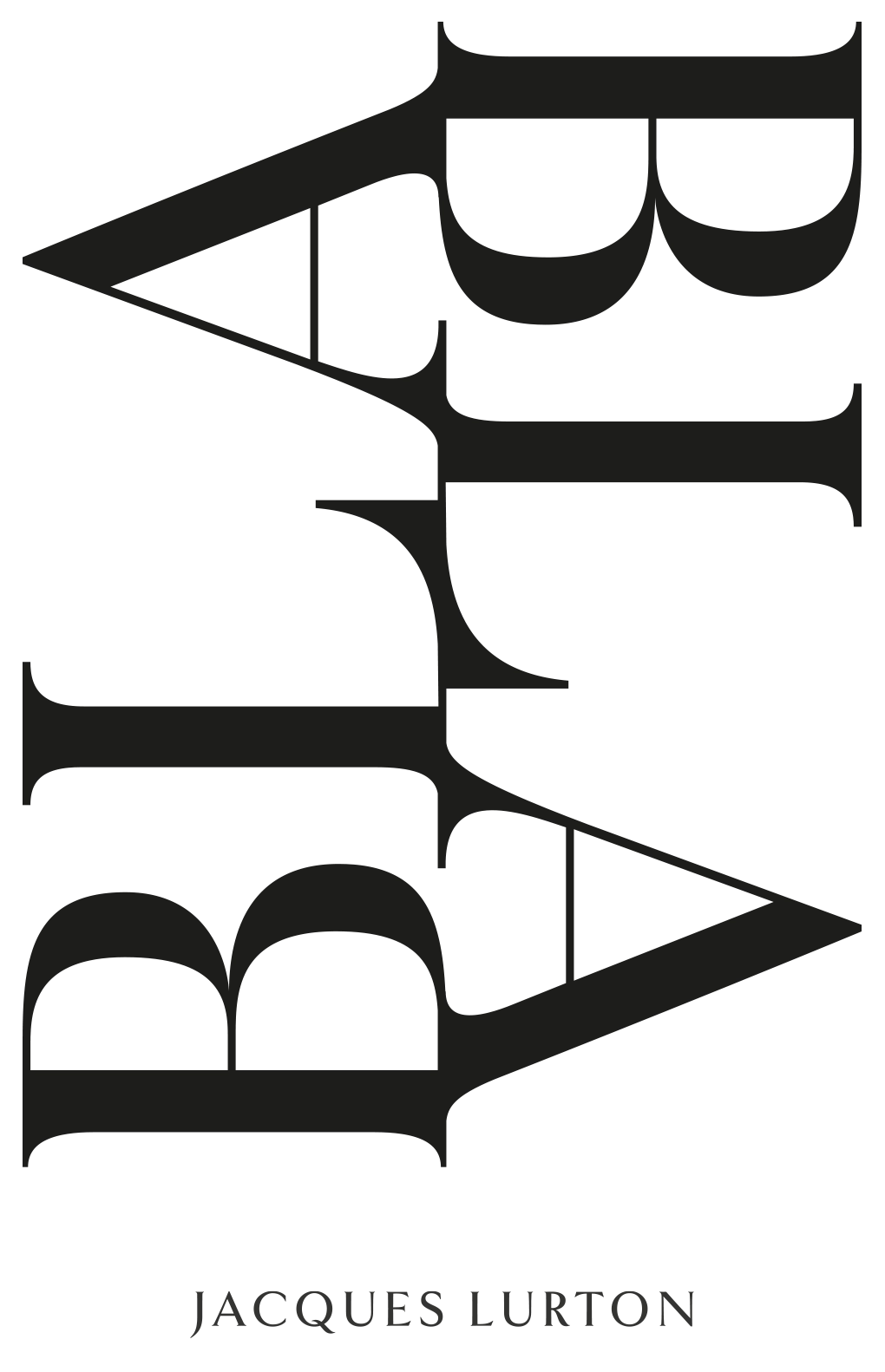
Château de Rochemorin
The Patchwork of Terroirs
With its unusual architecture, Château de Rochemorin stands at an altitude of 56 m, the highest point in the commune of Martillac, on one of the highest gravelly hilltops in the Pessac-Léognan appellation. In the 18th century, the estate was owned by one of the most famous and greatest philosophers of the “Age of Enlightenment”: Charles Louis de Secondat, future Baron de Montesquieu and Seigneur de La Brède. Château de Rochemorin is characterized by the great diversity of its terroir. This variety of soils and the grape varieties associated with them produce mineral, expressive white wines and increasingly fine, elegant red wines.
Rochemorin wines are regularly selected by sommeliers and feature on over 250 Michelin-starred tables in France and abroad. They lend themselves perfectly to food and wine pairings.
The history of the Château
In 1520, Jean de Amelin, a gentleman from the Périgord region, arrived in Bordeaux to settle some business that called him to Parliament. This wealthy landowner from the Sarlat region was lord of the Rochemorin noble stronghold in Saint-Front d’Alemps, not far from Brantôme. He found more than one attraction in the region and decided, like many parliamentarians of the time, to invest in winegrowing.
He set out in search of the ideal property and soon found it, just a few leagues from Bordeaux, in the Graves region, in the parish of Martillac: the Maison Noble de Beaubois. The landscape was transformed: the forest disappeared, giving way to a large, beautiful vineyard. The Rochemorin vineyard was born.
In the early 17th century, the Maison Noble passed into the hands of the de Pesnel family, lords of the neighboring seigneury of La Brède. In 1686, the last heiress of the de Pesnel family married a former musketeer to the king, Jacques de Montesquieu. From this union, on January 18, 1689, at the Château de La Brède, a son was born who was to become one of the most famous and greatest philosophers: Charles Louis de Secondat, future Baron de Montesquieu and Seigneur de La Brède.
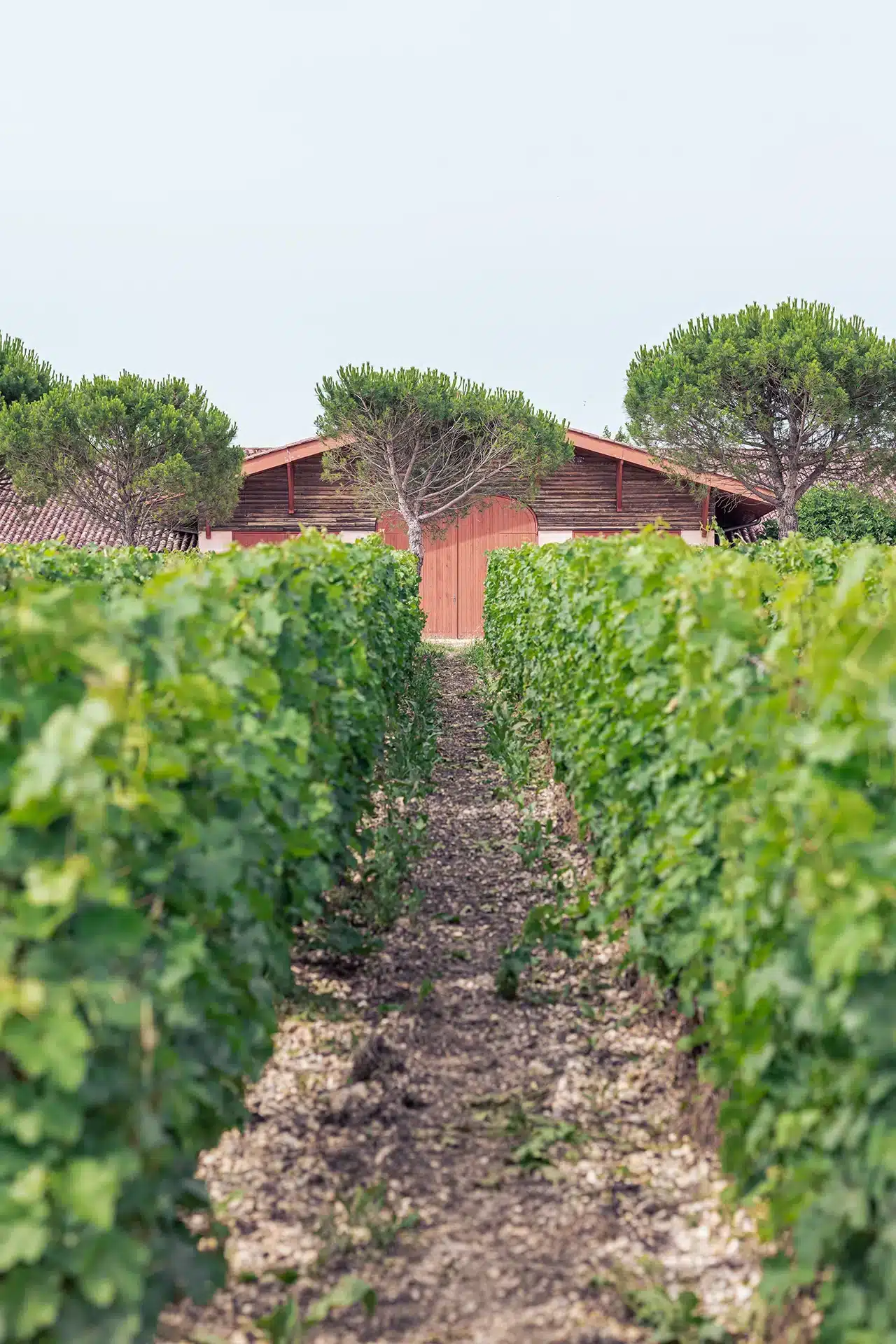
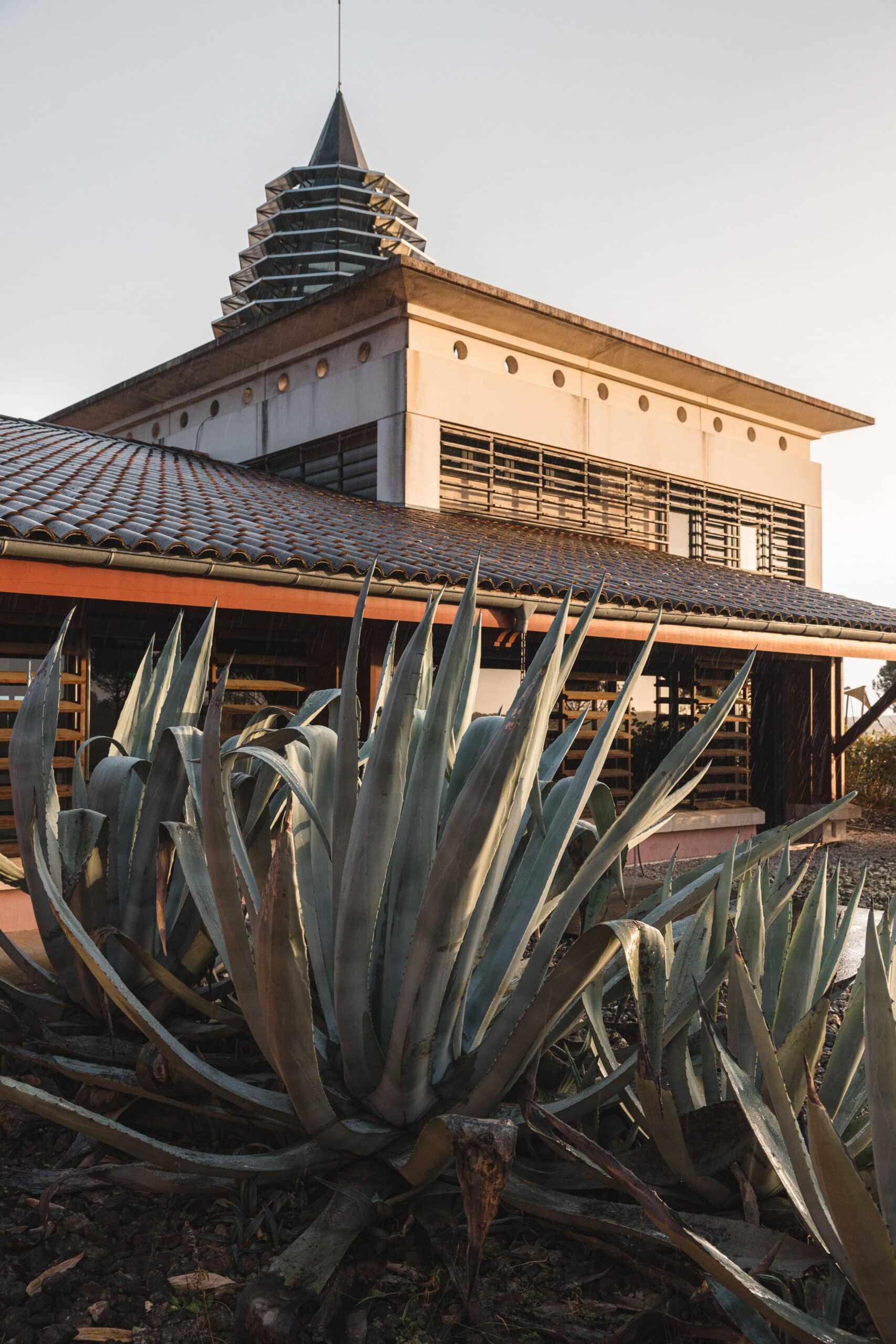
The author of the “Lettres Persannes” learned all the secrets of winegrowing from his father at Rochemorin, which had become the great vineyard of the barony of La Brède. Montesquieu’s love of the vine remained with him throughout his life, and in the early years of the 18th century he became one of the most fervent defenders of the Bordeaux wine region. During his many trips to Europe, our philosopher was also a great ambassador for his Rochemorin wines.
The de Montesquieu family retained Château de Rochemorin until the early 20th century.
In 1919, Établissements Armand Beaumartin, a company specializing in forestry, acquired Château de Rochemorin and its vineyards. With little interest in viticulture, these foresters gradually abandoned the vines in favor of planting trees. In 1940, the estate passed into the hands of the Blancan family, who left it to decline.
In 1973, the estate was finally bought by André Lurton. He tore down the trees and replanted the original vineyard.
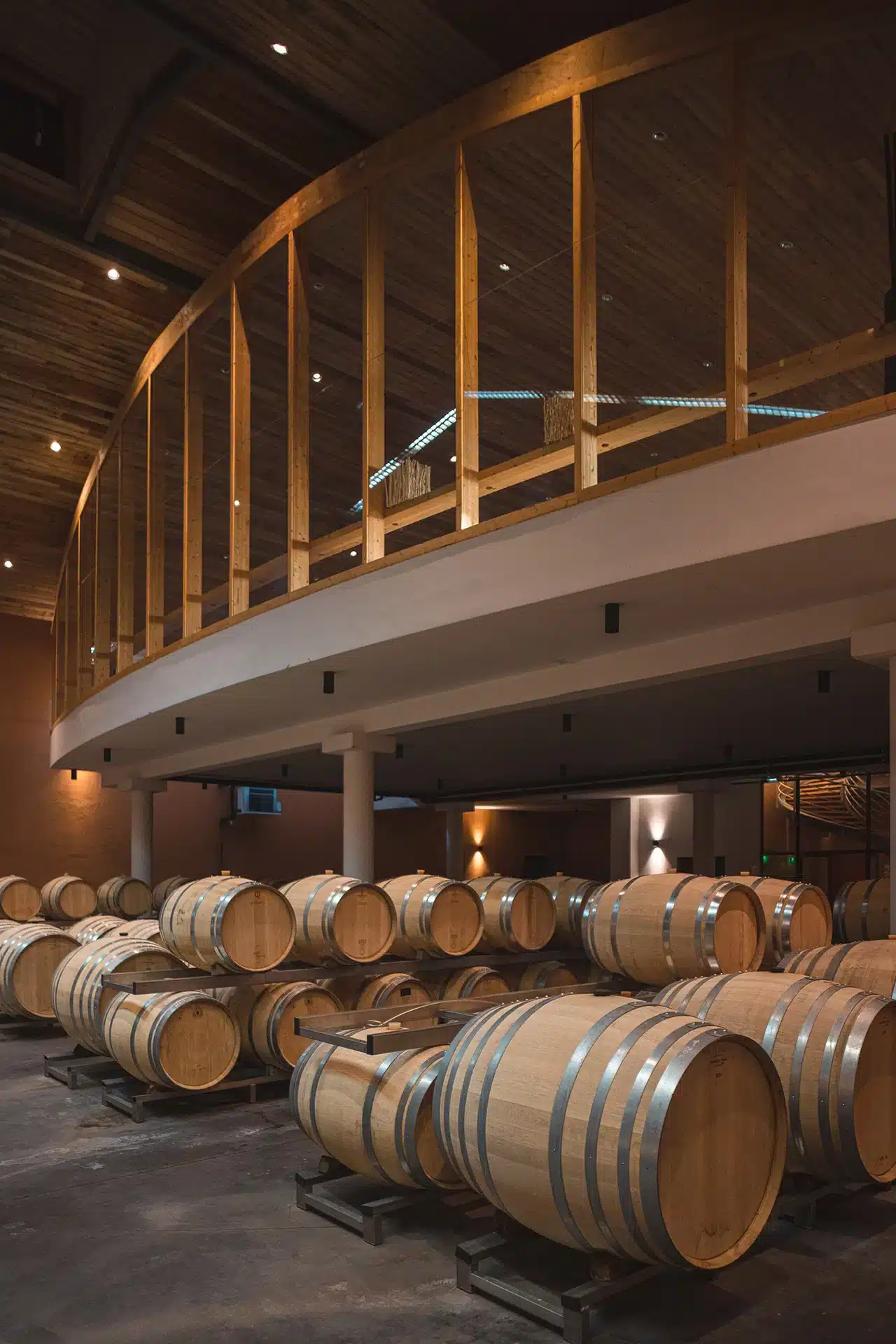
Vineyard data sheet
Area
White 17 hectares
Red 51 hectares
Grape varieties
White 90% Sauvignon blanc, 10% Sémilion
Red 48% Merlot, 40% Cabernet Sauvignon, 5% Petit Verdot, 5% Cabernet Franc, 2% Malbec
Soils
White Shelly sand, gravel on clay subsoil
Red Deep gravel, gravel on clay subsoil
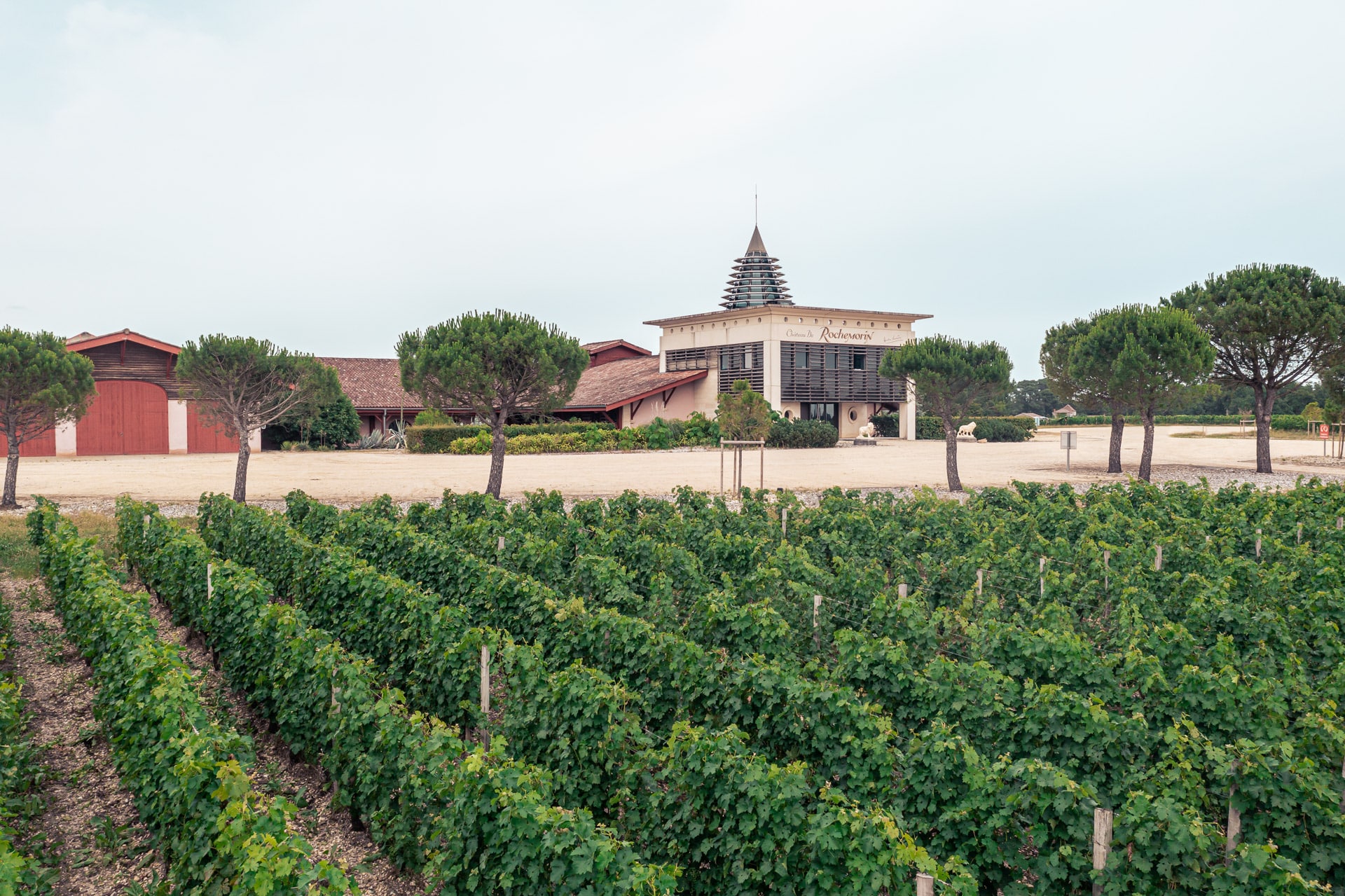
Buy our wines
direct from the Châteaux
All our wines are available for direct sale at the estate, at the Château La Louvière boutique (with tasting facilities) and at the Château Bonnet reception (currently no tasting facilities).
At Château La Louvière, you can round off your visit with a tour of our cellars, a wine tasting session or even take part in one of our workshops (booking recommended). Located just 20 minutes from the center of Bordeaux, we welcome you to the Château all year round, Monday to Friday (including Saturdays from April to October), from 10am to 1pm and from 2pm to 5pm.
Château de Rochemorin
Chemin du Carrosse - 33650 Martillac
Contact us
